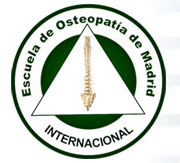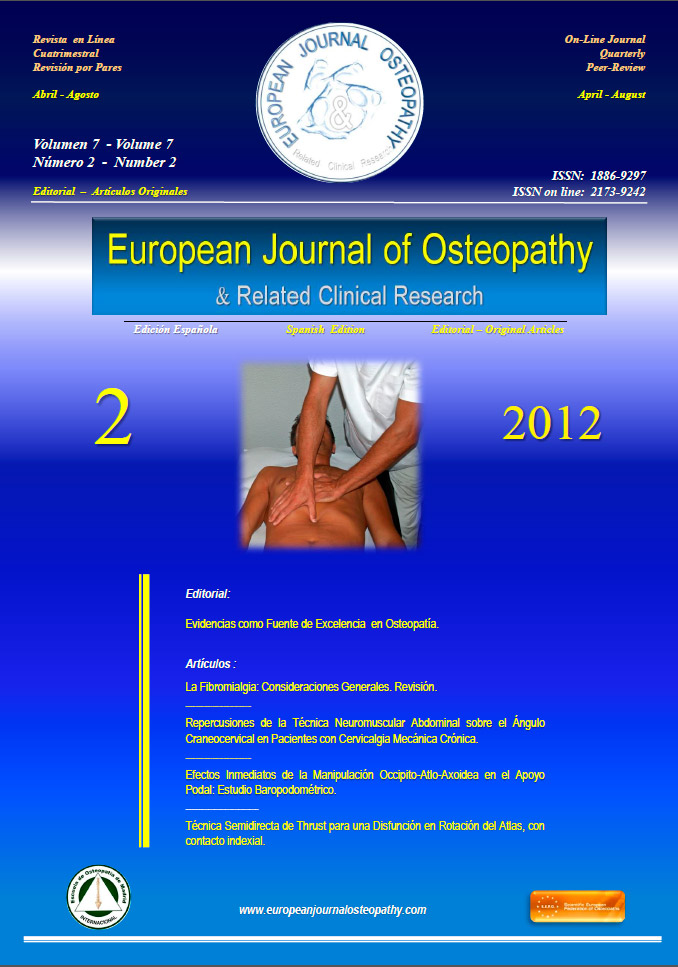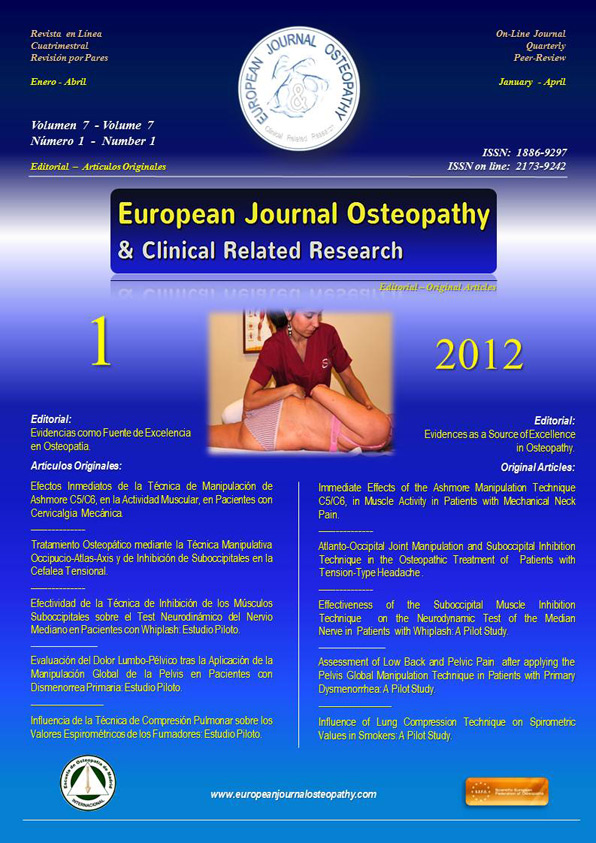by
Raymond J. Bishop, Ph.D.
In a recent review of articles submitted to this journal, I have identified several that explore fascial metaphors.2 All the authors reviewed used a wide range of images and devices to illustrate their points. We encounter such metaphors as soon as we learn to speak (upsi-daisy) and employ them not only in our everyday lives but constantly in our practices. I have never Rolfed without choosing language structured around subjective descriptions of internal experience, relying on a repertoire of familiar hooks to ground my work. Furthermore, I can recall no Rolfing� session I received which was not analogously structured.
Bearing this in mind, I was intrigued when I found a philosophy text that argued that our ideas and language are experientially (read: somatically) based. The book, Philosophy in the Flesh by Lakoff and Johnson, offers a novel approach using some fundamental principles of cognitive philosophy. The authors identify three tenets which underlay their philosophical method: 1) the mind is inherently embodied; 2) thought is mostly conscious; and 3) abstract concepts are largely metaphorical.3 This first thesis of embodied thought flies in the face of most Western philosophy of the past 2,000 years. Accepting this notion, for instance, means a repudiation of the Cartesian notion of dualism, the separation of mind and body. Similarly, they argue, if all thought is embodied, then there can be no Kantian autonomous individual with absolute freedom nor can there be such a thing as transcendent reason. Pursuing this line of reasoning, the authors also challenge a wide variety of more recent philosophical methods including analytic philosophy and Chomsky’s dualistic theory of linguisitcs.4
I was most strongly drawn to the third tenet which states that abstract thought is mostly metaphorical. Throughout Lakoff and Johnson’s extensive study, we find quotes like the following: “It is virtually impossible to think about the mind in any serious way without conceptualizing it metaphorically. Whenever we conceptualize aspects of mind in terms of grasping ideas, reaching conclusions, being unclear, or swallowing a claim, we are using metaphor to make sense of what we do with our minds”.5 I believe that such somatic metaphors proliferate in Rolfing and we can hardly avoid somatic language when assisting our clients in embodying the work (the very notion of embodiment itself serving as perhaps the fundamental paradigmatic metaphor of somatic consciousness).
The authors systematically examine the issue of somatic metaphor, presenting three complex theories models of metaphoric structure. They then detail how simple and complex somatic metaphors are formed, analyzing their structure in considerable detail. A particularly delightful love metaphor they scrutinize comes from a line of an Aretha Franklin song: “Freeway of Love”. The line in question, “We’re driving in the fast lane on the freeway of love”, evokes a wealth of “love” metaphors: love is a journey, love is a reckless act, love is a high-speed race, a freeway (hence love) is a risky road on which to travel, etc. What I found particularly serendipitous about this discussion was their title for this amusing illustration: “Novel Metaphor”.6
Their unintentional pun seemed to invite a further metaphorical excursion. That excursion, suggested by the title, precipitated an avalanche of literary metaphors. To me, the logical leap from “the queen of soul” to my beloved realm of literature seemed a modest one. The next question was how to reroute my metaphorical journey to subjects “novelary” (a conflation of novel and literary). After consulting an expert on “narrative” in Roman fiction, I devoured a source which provided the means for my transition from cognitive philosophy to contemporary literary theory.
The first section of this standard resource explores the themes of the role how an author should best interpret his character’s actions and the thorny question of narrative voice (yet another somatic metaphor par excellence).7 A central theme author, Wayne C. Booth, develops is the difficulty of objectivity in fiction. He presents ways in which recent writers fault their predecessors and contemporaries for failing to maintain an objective distance from their characters. Yet, these same writers consistently intrude their presence at every turn, by virtue of their subjective structural choices and implicit attitudes to their characters. Booth argues that, despite his best efforts, it is impossible for an author not to intrude. “In short, the author’s judgment is always present to anyone who knows how to look for it. …We must never forget that the author can to some extent choose his disguises, he can never choose to disappear.”8
In few novels is this dichotomy so manifest as Gustave Flaubert’s “manifesto for detached realism,” Madame Bovary (1857). This notorious masterpiece evolved from Flaubert’s well-documented efforts to create a totally objective work which champions form as the sole means for achieving literary truth. He explicitly details his intention to remove all traces of the author’s presence. “An author in his book must be like God in the universe, present everywhere and visible nowhere. The more visible the author, the weaker the work.” Years later, however, he admitted the complete failure of his grandiose scheme: “I have always sinned that way, I have always put myself into everything I have written.”9 In light of this admission, I believe that this roman à thèse (thesis novel)10 is a brilliant yet failed literary exercise in self-effacement. How like Flaubert are we when we struggle with our narrative voice and the role we play in our client’s process? Is it not equally impossible for us to remain truly objective and absent? Does not our every touch, word, gesture, and subjective choice of technique or fascial geography shape not only our client’s structure but also her subjective reality? How should we feel about these intrusions?
As I ruminated on the above questions, particularly the last, I started rereading passages from some of my favorite novels and asked myself why they appealed and how they might strengthen my position. I then posed this question: How do I experience an author who deliberately intrudes, unabashedly chiding and manipulating me to accept a particular point of view? Honestly, I revel in these intrusions, particularly when they are handled with the delicacy and sincerity of say, that master of Victorian fiction, Anthony Trollope.11 Consider, for instance, Can You Forgive Her? (1864-65), the first of his six-part series: The Palliser Novels. The title itself argues a point of view that Trollope waits over 600 pages to explicitly articulate. “Oh reader, can you forgive her in that she had sinned against the softness of her nature? I think that she may be forgiven, in that she had never brought herself to think lightly of her own fault.”12 Such direct petitions are anathema to later writers, but establish a rapport with the reader which is at once charming and engaging. I also delighted in an earlier appeal to his male readers where Trollope willingly shares his disappointments. “Ah, my male friend and reader, … hast thou never confessed, when standing there (in the halls of Parliament), that Fate has been unkind in denying thee the one thing that thou has wanted? I have done so.”13 While such language now feels quaint and naïve, I luxuriate in these gentle intrusions and consciously model my work on this technique. I deliberately co-opt this importuning style, inviting my client to share the ways I shape the session and openly discuss the tools I employ to facilitate rapport and change as I am in the act of employing them (just like what I am doing here in the act of writing this sentence).
A more recent example, Italo Calvino’s If on a winter’s night a traveler (1979), a self-referential novel largely about writing and confusion of narrative voice, challenges the whole notion of novel as detached “telling”. From the opening sentence we are addressed and involved in the novel. “You are about to begin reading Italo Calvino’s new novel, If on a winter’s night a traveler. Relax. Concentrate.” Later, he plays with conventional narrative expectations and seems to thumb his nose at literary artifice while employing a supremely artificial technique to do so. “For a couple of pages now you have been reading on, and this would be the time to tell you clearly whether this station where I have to get off is a station of the past or a station of the present.”14 As he proceeds, Calvino deliberately adds ever-greater levels of confusion of plot, narrative voice and literary structure.
I find this mode of metaphoric thinking helpful and enriching in my work. Using this method of engaging the reader (read: client) allows me to meet and lead her (the her I was previously asked to forgive?) into a proprioceptive and verbal dialogue of metaphorical transformation. I consciously intend that you, gentle reader,15 adapt the structure and shape of this paper itself to your own work. I luxuriate in the notion that some of you might translate its form and language into your own variation of novel thinking, into your own way of touching and languaging, into creative interfacings with your clients and those around you (an invitation like Calvino’s , above). A precious and self-indulgent Trollopesque notion, if ever there was one!
Notes
1. The “bolded” title and italicized words throughout the article are patterns of metaphors that persist and cross-reference throughout the article. Also notice deliberate changes in narrative style and how they parallel the themes developed in the paper.
2. For example: Johnson, Don, “The Body, the Cathedral, and the Kiva”, Rolf Lines, Vol. XXVII, No. 1 (Winter 1999): 13-20; Johnson, Will, “The Mudra as Line of Transformation,” Rolf Lines, Vol. XXVII, No. 1 (Winter 1999): 33-34; Maitland, Jeff, “The Tao of Rolfing,” Rolf Lines, Vol. 18, No. 2 (May/June 1990): 1; McElroy, Austin, “A Lifting, Three-Dimensional Model of Human Structure,” Rolf Lines, Vol. 25, No. 2 (April 1997): 20-23; Thies, Roger, “Which Way Is Up?” Rolf Lines, Vol. XVIII, No. 3 (July/August 1990): 25-29. The richest source of fascial metaphor by a Rolfer I’ve read are the articles of Tom Myers which include a wealth of such images: “Myofascia trains,” “Fans of the hip,” et al.
3. Lakoff, George & Johnson, Mark, Philosophy in the Flesh: The Embodied Mind and Its Challenge to Western Thought (New York: Basic Books, 1999), p. 3.
4. For more on this issue, see Part III, pp. 346-538.
5. Lakoff, Philosophy, p. 235. See also, p. 14, p. 391ff.
6. Lakoff, Philosophy, pp. 66-67.
7. Booth, Wayne C. The Rhetoric of Fiction, Part I, Artistic Purity and the Rhetoric of Fiction, 2nd ed. Paperback edition (Chicago: University of Chicago Press, 1983), pp. 3-166. Thanks to Professor Cecil Wooten, Classics Department, University of North Carolina at Chapel Hill for his help with source material.
8. Booth, Fiction, p. 20.
9. VanderWolk, William, “Flaubert, Gustave,” The John’s Hopkins Guide to Literary Criticism, ed. by Michael Grodin and Martin Kreis Wirth (Baltimore: John Hopkins Literary Press, 1994), pp. 277.
10. A roman à thèse is novel whose subject or point of view is of more importance than character or plot. The works French Naturalist school, Emile Zola and his proteges are prime examples of this genre.
11. Although to me Trollope represents a radically different approach than Flaubert, Booth suggests that Trollope and other major British writers are similarly inconsistent. “Much as Fielding and Dickens, Trollope and Thackery may talk about their passion for truth to nature or the real, they are often willing, as some modern critics have complained, to sacrifice reality to tears or laughter” (p. 57).
12. Trollope, Anthony, Can You Forgive Her? The Palliser Novels, Vol. 1 Reprint ed. (New York: Oxford, 1989), Pt. II, p. 311.
13. Trollope, Can You Forgive Her?, Pt. II, p. 44.
14. Calvino, Italo, If on a winter’s night a traveler, translated by William Weaver (San Diego: Harvest, 1981), pp. 7 & 12. Thanks to my friend Marius Strydom who introduced me to this novel in 1995.
15. A subtle allusion to a phrase Trollope uses frequently in his mature novels.
IdaRolfsBrahms.com
Go to Content








 1:11
1:11
 Daniel Enriquez de Guevara
Daniel Enriquez de Guevara




























.jpg)






















0 comentarios :
Publicar un comentario